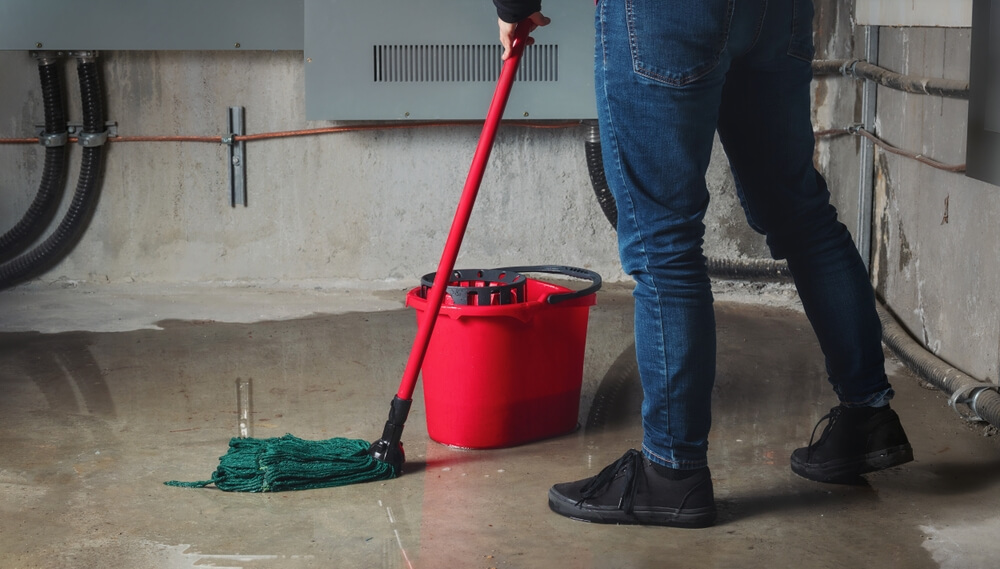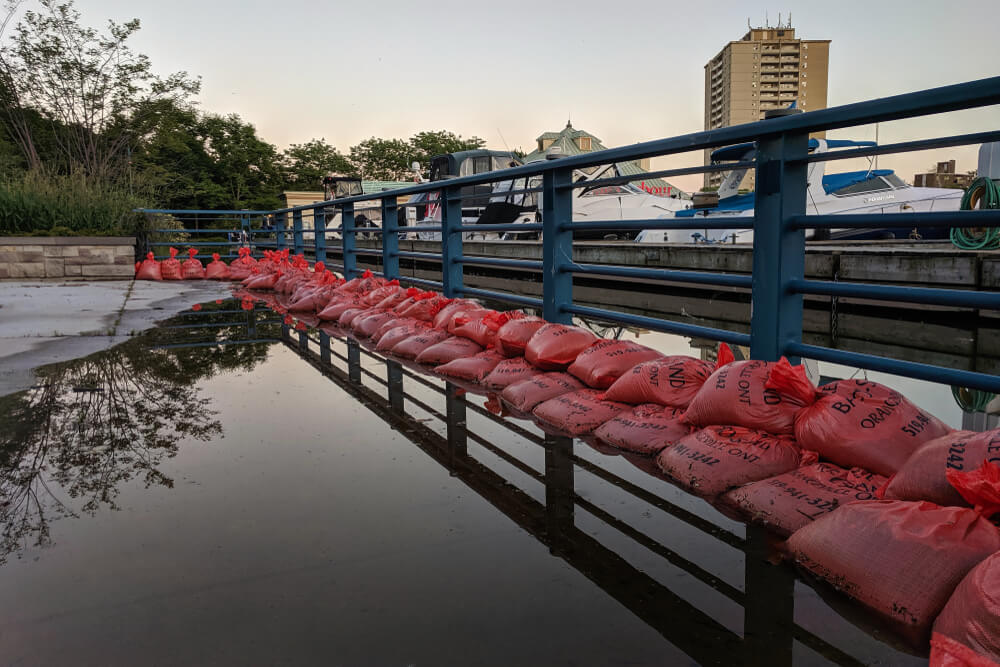
If you are not redirected within 30 seconds, please click here to continue.
Samedi: 10h – 16h HAE

If you are not redirected within 30 seconds, please click here to continue.
If you are not redirected within 30 seconds, please click here to continue.
Canada’s Emergency Preparedness Week is taking place from May 5 to 11, but there’s never a bad time to prepare for the worst.
This annual awareness campaign encourages Canadians to be aware of the personal safety risks in their area and to prepare themselves and their families in the event of an unforeseen emergency.
Whether you own a home, live in a condominium, or rent a unit in an apartment building, drawing up a plan for your family and gathering the provisions you may need can make all the difference.
Here’s what you need to know.
What steps should you take to be ready for an emergency?
A goal without a plan is but a wish. Having a well-thought-out plan in the event you are ordered to stay at home or evacuate is the vital foundation you need to be prepared.
There are a few steps you need to take:
- Know your risks. Each province faces several natural hazards. These include earthquakes in British Columbia, blizzards in Nunavut, tornadoes in Ontario and floods in several provinces.
Beyond natural disasters, there are additional potential risks such as power outages, chemical spills or infectious disease outbreaks like COVID-19.
Read more: How to protect your home from severe weather
2. Develop an action plan. There are two essential portions of an action plan: communications and evacuation. Here’s what they include:
Family communication plan:
- Primary contacts: Include two primary point people in your family communication plan. These should be people you can reach during a crisis. Consider both family members and trusted contacts who live in other municipalities.
- Mobile devices: Keep your mobile devices fully charged, and make sure you have an extra charger or battery pack in your emergency kit. However, don’t just rely on making phone calls or text messages in case of an emergency. Explore back-up methods to get in touch with one another.
- Emergency policies: Reach out to your children’s school or daycare to inquire about their emergency policies. Specifically, find out how they plan to communicate with families during an emergency.
Evacuation plan:
- Emergency exits: Create a floor plan of your home that shows all possible exits from each room (if there are more than one exits), and plan both a primary exit route and an alternative exit route for each. If you live in an apartment, prioritize using the stairs over elevators during emergencies. If you cannot use the stairs for any reason, let emergency personnel know in advance.
- Meeting places: Identify two locations your family should gather if you get separated and the routes to each place. One should be near your home, such as a community centre, and the other should be a safe place outside of your neighbourhood. In case of an evacuation, make sure every adult in your household knows how to shut off all of your home’s utilities if necessary, including electricity, water, and gas.
Learn more: Your guide to mass evacuation coverage for home insurance
3. Prepare an emergency survival kit. Everyone in the family should know where your emergency survival kit is located. The kit should contain enough provisions to care for everyone in your family for up to three days.
4. Make a home contents inventory. Should you need to file a claim as a result of a natural disaster damaging your home, it’s important to have an updated list of your possessions. Also, include the name and contact information of your insurance company or broker, the policy number, and details about your home insurance coverage. You will also want to print out this information and stash this in your emergency kit.
Be sure to discuss with each member of your family what they should do in the event a severe storm, power outage, flood, wildfire or any other emergency.
What items should be in your emergency preparedness kit?
The following items should be included in your emergency survival kit:
- Important documents (identification, health cards, copies of medical prescriptions, home and auto policy numbers)
- Bottled water (four to six litres per person for each day) and non-perishable food. If you have a pet, make sure they also have enough food to last three days
- Any medications or medical equipment you need
- A flashlight, extra batteries, as well as candles and matches
- Mobile phone chargers and a full battery pack in case the electricity gets cut.
- A first aid kit (here’s a list of what to include)
- A battery-run or hand crank radio
- Hand sanitizer
- Basic hand tools like scissors, a screwdriver and hammer, pliers, and a pocket-knife
- Extra keys to your car and home
- Cash
- A whistle to use if you need to attract attention
- Garbage bags and sealable bags (to keep things dry)
- Extra clothes, shoes, and personal hygiene items like soap and toothpaste
- Sleeping bags or blankets
Also, pack all the above contents in an easy-to-carry bag and refresh the food and water in your survival kit twice a year.
Related: 12 essential items for your winter emergency home kit
What other emergency preparedness resources are available online?
There are a few websites that can help you get prepared, including:
- Public Service Canada
- The Insurance Bureau of Canada
- The Canadian Red Cross
- Scouts Canada’s Emergency Ready program
Protect your family and home by taking the time to prepare and be ready to navigate any emergency that crops up unexpectedly.
Don't waste time calling around for home insurance
Use Rates.ca to shop around and compare multiple quotes at the same time.
Finding the best home insurance coverage has never been so easy!
Get money-saving tips in your inbox.
Stay on top of personal finance tips from our money experts!











